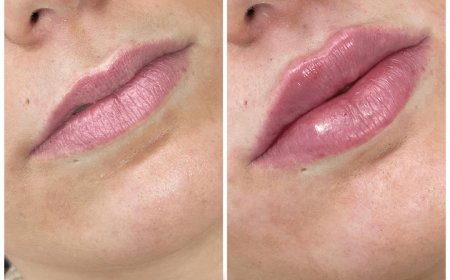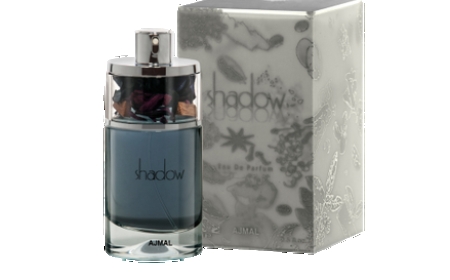Pterygium Surgery Explained: Procedure, Risks, and Recovery

A pterygium appears as a fleshy, triangular growth that develops on the eye's surface. This common condition affects thousands of people annually, particularly those with significant outdoor exposure. The growth begins on the white part of the eye and may gradually extend onto the clear cornea. While initially harmless, pterygium can progress to cause vision disturbances and persistent discomfort.
Conservative treatments sometimes provide relief, but surgical intervention often becomes necessary for symptomatic cases. Advanced treatment options are available for those considering pterygium eye surgery in Woodbridge, VA, where specialized facilities offer comprehensive care. Medical centers such as Singh Vision provide experienced surgical management for this condition.
What Causes Pterygium Development
Pterygium formation occurs when the conjunctiva, the transparent membrane covering the eye's white surface, begins abnormal tissue growth. Environmental factors play the primary role in triggering this condition.
Prolonged ultraviolet light exposure represents the most significant risk factor. Wind, dust, sand, and dry climatic conditions also contribute to pterygium development over time. Geographic location influences pterygium prevalence, with higher rates observed in tropical and subtropical regions.
Outdoor workers, athletes, and individuals living in sunny regions face elevated risks. The condition typically appears in adults between ages 30 and 50, though younger people can also develop pterygium. Gender differences exist, with men showing slightly higher incidence rates than women.
Symptoms include persistent eye redness, burning sensations, excessive tearing, and foreign body sensations. Advanced cases may cause blurred vision and corneal astigmatism. Some patients report fluctuating symptoms that worsen during windy or dusty conditions.
When Surgery Becomes Necessary
Medical management works effectively for many pterygium cases. Lubricating drops, anti-inflammatory medications, and protective eyewear often control mild symptoms.
Surgical removal becomes appropriate when the growth significantly impairs vision, causes chronic discomfort resistant to medical treatment, or creates substantial cosmetic concerns. The pterygium's size, growth rate, and impact on daily activities help determine the timing for surgical intervention. Ophthalmologists evaluate each case individually to recommend optimal treatment approaches.
Surgical Technique Overview
-
Pterygium excision typically occurs as an outpatient procedure under local anesthesia. The operation usually requires 10 to 15 minutes to complete.
-
Surgeons carefully remove all pterygium tissue from the cornea and underlying conjunctiva. Complete excision prevents residual tissue from triggering regrowth.
-
Modern techniques employ conjunctival autografting, where healthy tissue from the same eye covers the excision site. This approach significantly reduces recurrence rates compared to simple removal.
-
Advanced methods may incorporate amniotic membrane grafts or anti-metabolite applications to further minimize regrowth potential.
Contemporary Treatment Approaches
Current pterygium surgery utilizes refined techniques that enhance patient comfort and surgical outcomes. Facilities offering pterygium eye surgery in Woodbridge, VA, often employ these advanced methodologies.
Fibrin tissue adhesive has largely replaced traditional sutures in many centers. This innovation reduces post-operative irritation and accelerates healing processes. Microscopic visualization during surgery allows greater precision in tissue removal. Some centers also utilize laser technology for enhanced surgical accuracy and improved cosmetic results.
Potential Complications and Risks
Pterygium surgery generally carries low complication rates when performed by experienced surgeons. However, certain risks require consideration before proceeding.
Possible complications include:
-
Pterygium recurrence (affecting 5-15% of patients)
-
Temporary or persistent dry eye symptoms
-
Surgical site infection
-
Conjunctival scarring
-
Transient double vision
-
Prolonged eye redness or irritation
Most complications resolve spontaneously or respond well to appropriate treatment. Serious vision-threatening events remain extremely uncommon with proper surgical technique.
Recovery Timeline and Expectations
-
Post-operative healing typically progresses smoothly over several weeks. The initial recovery phase involves mild discomfort, increased tearing, and light sensitivity.
-
These early symptoms usually diminish within the first week following surgery. Most patients resume normal work activities within 2-3 days, depending on their occupational requirements.
-
Complete tissue healing occurs over 4-6 weeks. Regular follow-up appointments during this period ensure proper healing progression and early detection of any complications.
Post-Surgical Care Requirements
-
Successful recovery depends on adherence to specific post-operative instructions. Prescribed eye drops prevent infection and control inflammation during the healing process.
-
Eye protection becomes particularly important after pterygium surgery. High-quality sunglasses and wide-brimmed hats help prevent ultraviolet damage that could trigger recurrence.
-
Long-term eye care includes regular ophthalmologic examinations to monitor for pterygium regrowth and maintain overall ocular health.
Conclusion
Pterygium surgery provides effective treatment for patients experiencing vision impairment or persistent discomfort from this common eye condition. While surgical risks exist, they remain minimal when procedures are performed by qualified specialists. Modern techniques have substantially improved success rates while reducing recovery time and patient discomfort.
Proper patient selection, meticulous surgical technique, and comprehensive post-operative care contribute to optimal outcomes. Singh Vision offers expert evaluation and treatment for pterygium patients. With appropriate surgical management and diligent follow-up care, the majority of patients achieve excellent long-term results with minimal risk of recurrence.



























































